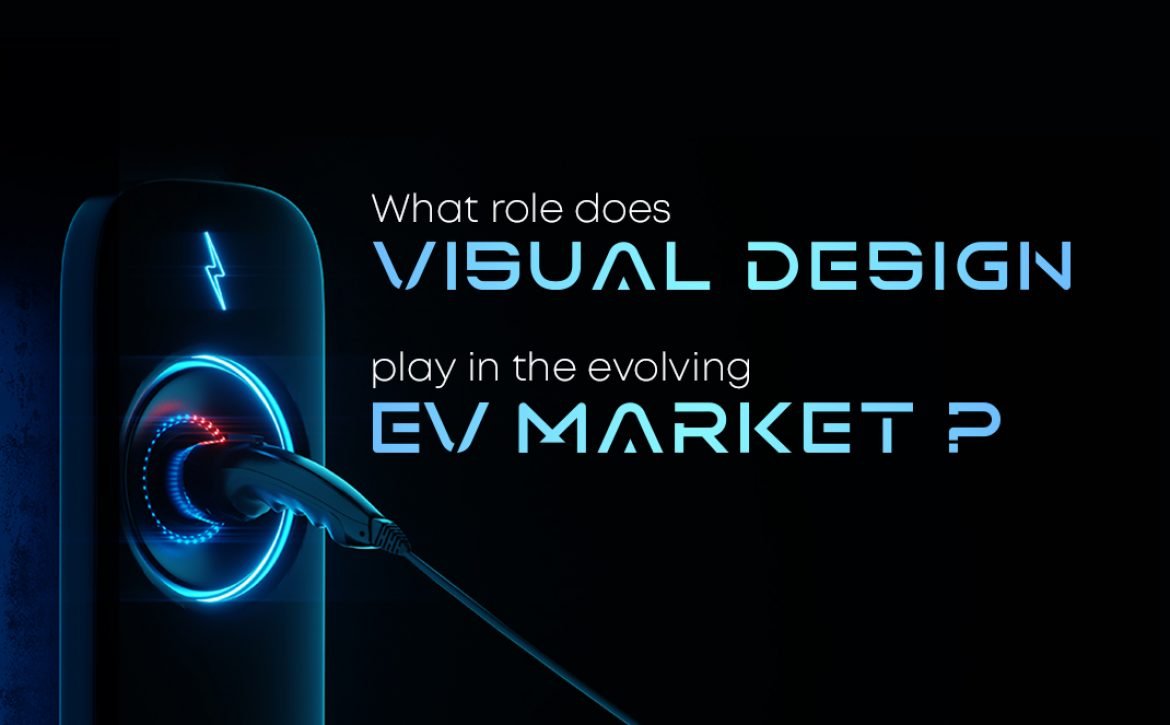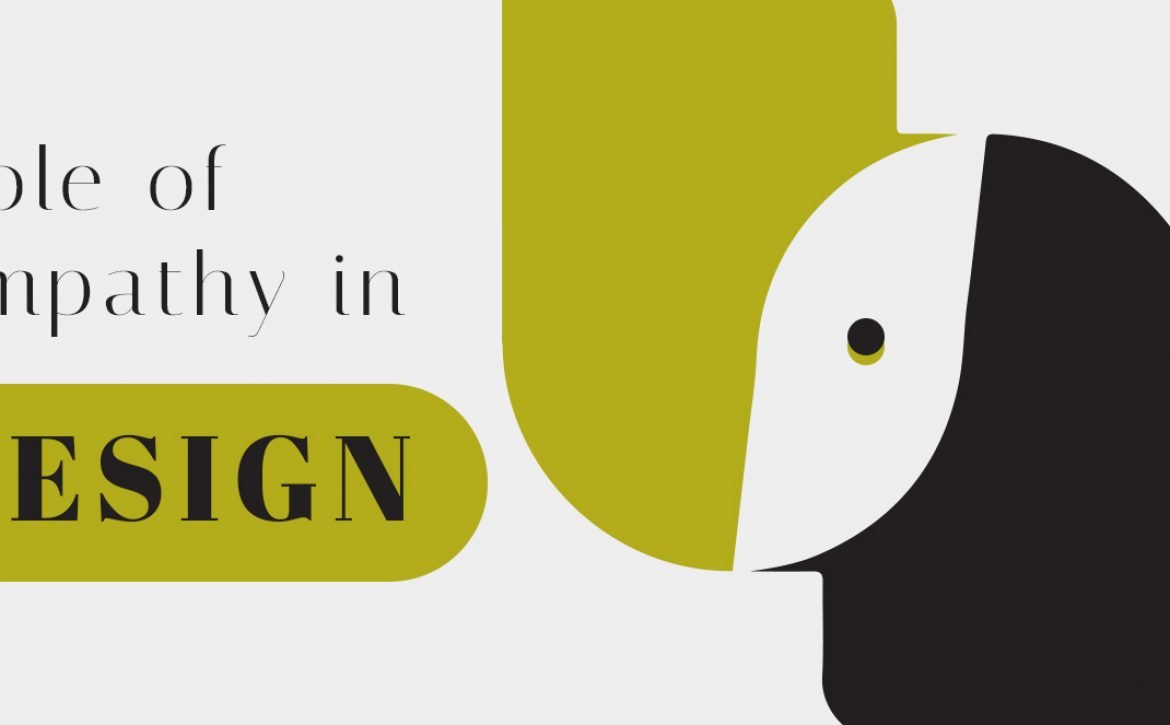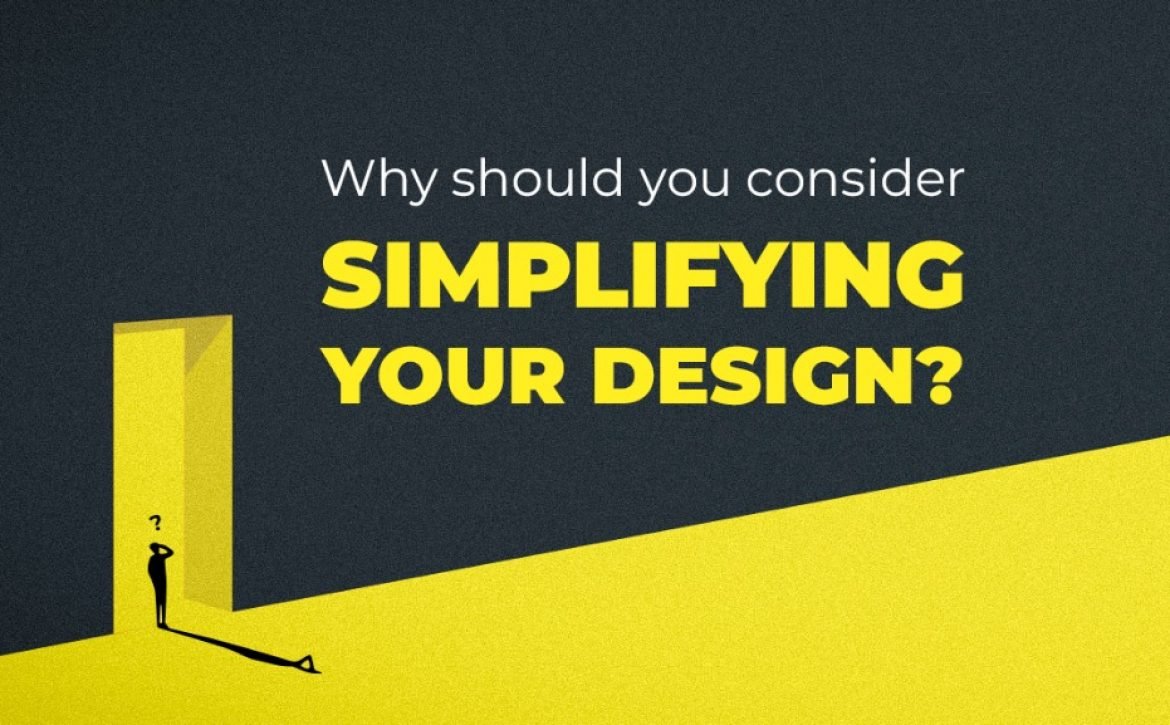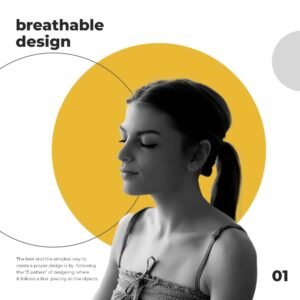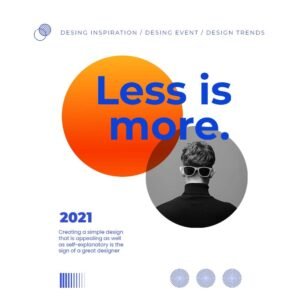What role does visual design play in the evolving EV market?
Electric. Self-driving. Durable. Effective.
The automotive industry is undergoing a significant revolution as brands transition their product ranges from conventional cars with combustion engines to a new generation of sensor-loaded, digital vehicles. Automatic transmissions, power windows, and traction control were once considered the pinnacle of advancement.
Visual design is a crucial part of the evolving EV market.
With so many new cars on the market, it’s important for consumers to know how to differentiate between them. Visual design helps them create a sense of identity for each brand and model.
The electric vehicle (EV) market is growing at an unprecedented pace and the visual design of these vehicles is playing a crucial role in its evolution. With a rapidly increasing number of electric vehicles on the road, consumers are now looking for a more refined and polished design that stands out in a crowded market.
Aesthetics are an important factor in the purchasing decision of a vehicle, and this is especially true in the EV market. With more people turning to electric cars as more user-friendly features and cost-effective options, the visual design of these vehicles has become a crucial selling point.
Let’s talk about the elephant in the room: The trends
-
Shapes that redefine your design: One of the most significant visual design trends in the EV market is the use of futuristic and aerodynamic shapes. These shapes not only make the visual design look more modern and stylish, but they also help to give a meaningful and unsaid futuristic design.
-
Perfect colors are the base of an amazing design: Another trend in the EV market is the use of bold and striking colors. With electric vehicles often having a more futuristic and modern design, it makes sense to use bold colors to further emphasize. This is a stark contrast to traditional gas-powered vehicles which often use more neutral colors to appeal to a broader range of customers.
-
Stand out from the rest and build your own identity: One of the biggest challenges for EV manufacturers is to create a visual design that stands out from the crowd, while still appealing to a wide range of customers. With so many electric vehicles on the market, it’s crucial to have a unique and recognizable design that sets your vehicle apart from the competition. A design that has customer appeal.
-
Innovation in your design is the key mantra to attract the crowd: This is where the role of design innovation comes into play. With electric vehicles often having a more futuristic design, it’s important to keep in mind that aesthetic appeal also plays a crucial role. This includes the use of high-quality materials, innovative technology, and a user-friendly interface.
-
A mixture of color tone, futuristic design, and a loyal customer base makes you the best: The visual design of electric vehicles is also playing a role in the overall branding of the vehicle. Brands such as Tesla and Nissan have made a name for themselves by creating visually appealing electric vehicles with unique designs. This has helped them to establish themselves as leaders in the EV market and has set them apart from their competitors.
Key points to keep in mind
- Let it blend: We all know a few other types of Vehicles that were really efficient and affordable and tried to break in into the Automotive Industry but they failed because of their uniqueness. So, it is really important to keep in mind that the Vehicle should blend in easily.
- Classy is always a win: No matter how much we deny this, we all go by the looks, whether it’s a vehicle or a product. Anything classy or anything that is a symbol always holds a special place in every market.
- Boldness only for the features: When it comes to visual designing in an Automotive Industry it is really important to understand that bright and bold colours or shapes are a big NO!! Highlight the feature not the colour should be the ultimate mantra.
Let’s conclude on this Note
Visual design plays a vital role in the evolving Automotive industry as it helps to create a unique and attractive brand identity that distinguishes a particular EV model from its competitors. A strong visual design can also contribute to the overall aesthetic appeal of an EV and make it more appealing to potential customers, which can drive sales and increase brand recognition. Additionally, visual design can also be used to communicate key features and technical specifications, such as the range, charging capabilities, and energy efficiency, helping to educate consumers and build confidence in the technology.
